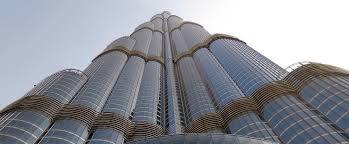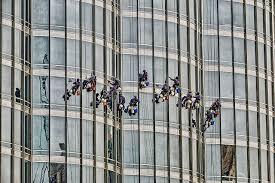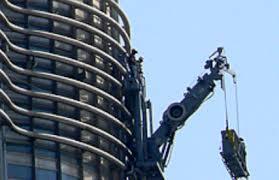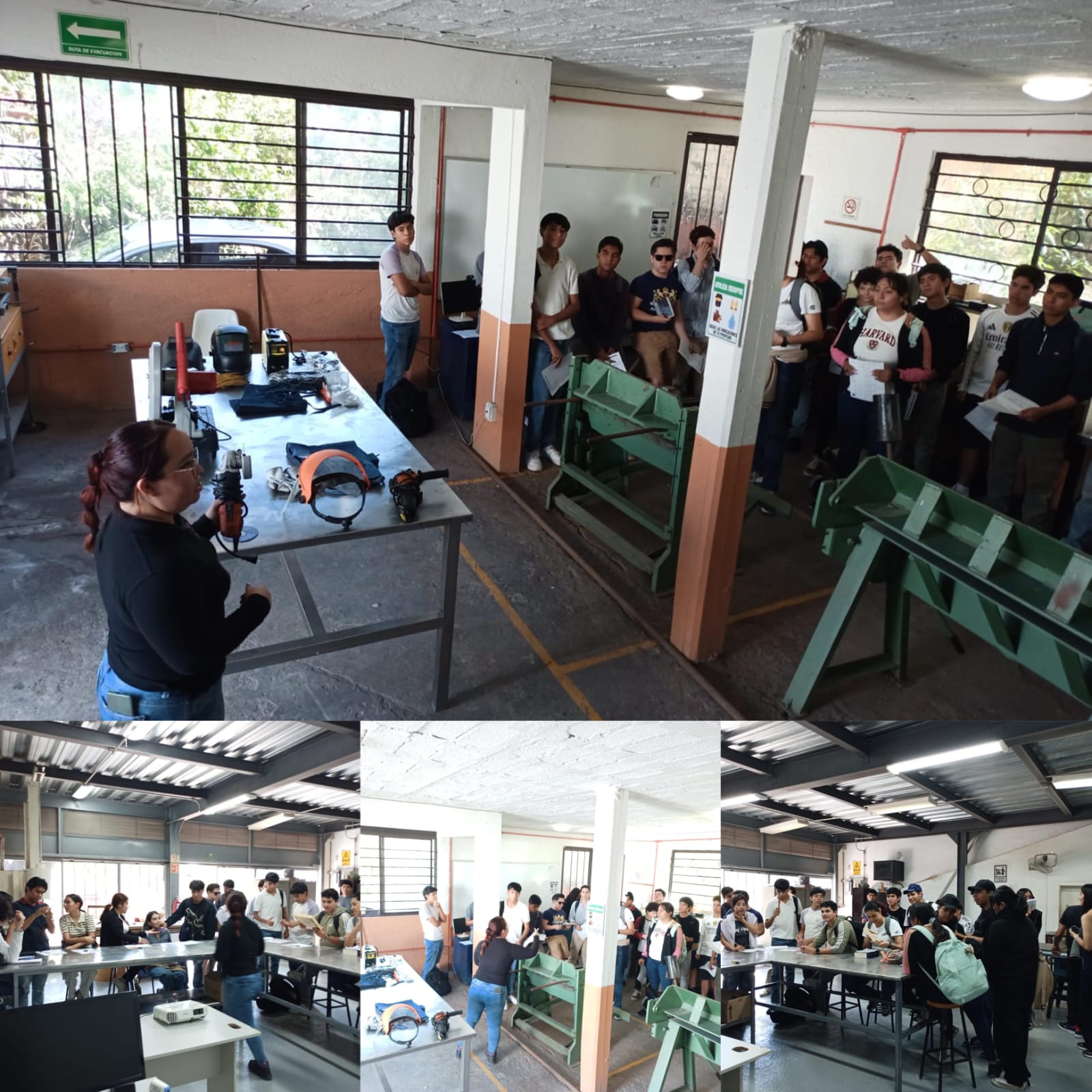Dubai, UAE, a city known for its scorching heat, shimmering waters, and vast sand dunes, boasts a skyline like no other. Dominating this skyline is the iconic Burj Khalifa, the world’s tallest building, standing at an astonishing 829.8 meters (2,722 feet). Completed in just five years, this engineering marvel surpassed Taiwan’s Taipei 101 in 2009.

The Birth of a Landmark: History of the Burj Khalifa
The Burj Khalifa was a pivotal part of a broader development project aimed at transforming Downtown Dubai. This project included the Burj Khalifa Lake and the Dubai Mall, marking a shift from Dubai’s oil-based economy to one focused on tourism and services. Designed by Adrian Smith of Skidmore, Owings & Merrill, the Burj Khalifa draws inspiration from Islamic architecture, with its Y-shaped floor plan optimizing space for hotels and residences.

Engineering Excellence: Materials and Design
The Burj Khalifa’s construction is a testament to innovative engineering:
- Recycled steel from the former East German Parliament.
- 45,000 m³ of concrete, equivalent to the weight of 100,000 elephants.
- Over 174,000 m² of glass.
Maintaining a Giant: Day-to-Day Operations
The Burj Khalifa requires meticulous maintenance:
- 4 months, 36 abseilers, and 18 custom-made buckets to clean its façade.
- Monitoring over 800 apartments and 37 floors of offices.
- Managing 160,000 kWh of daily electricity consumption and a 1,300 m long waste disposal system.

Luxurious Facilities and Services
Originally intended to be fully residential, the Burj Khalifa now includes:
- The 304-room Armani Hotel.
- The At.Mosphere restaurant and observation deck.
- Numerous corporate offices and suites.
Challenges and Innovations in Maintenance
Bashar Kassab, Senior Director of Facilities Management, leads a dedicated team ensuring the building’s optimal performance. Their tasks range from maintaining air-conditioning and plumbing to managing waste and cleaning operations.
Key Takeaways for Maintenance and Asset Management
- Coordination is Crucial: Effective maintenance of skyscrapers requires centralized monitoring to ensure smooth operations.
- Embrace Technology: Utilizing AI and maintenance management software enhances efficiency and performance.
- Aim for Excellence: High standards in service and maintenance ensure that even the most technologically advanced buildings can offer luxury experiences.
By learning from the Burj Khalifa’s maintenance strategies, companies can improve their own asset management practices. Explore the inner workings of this architectural wonder and elevate your maintenance game today.


